Home>Gardening & Outdoor>Landscaping Ideas>What Kind Of Grass Do Sheep Eat
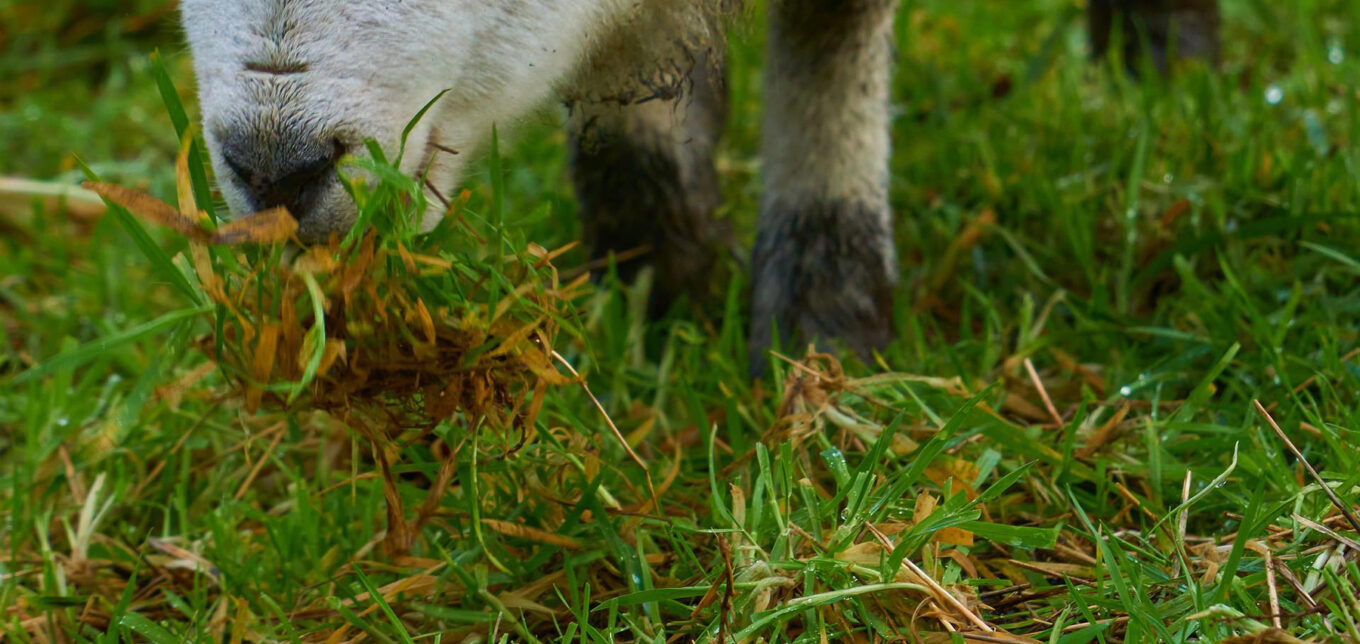

Landscaping Ideas
What Kind Of Grass Do Sheep Eat
Published: January 27, 2024
Discover the best landscaping ideas for incorporating sheep-friendly grass into your outdoor space. Learn about the types of grass that sheep love to eat.
(Many of the links in this article redirect to a specific reviewed product. Your purchase of these products through affiliate links helps to generate commission for Storables.com, at no extra cost. Learn more)
Introduction
Sheep are known for their gentle grazing habits, and their diet primarily consists of grass. As a shepherd or a landowner with sheep, understanding the type of grass that is suitable for these animals is crucial for their health and well-being. In this article, we will delve into the nutritional needs of sheep, explore the types of grass that are ideal for their consumption, and consider important factors when selecting grass for sheep grazing. By the end of this read, you will have a comprehensive understanding of what kind of grass sheep eat and how to ensure they have access to the best grazing options.
Key Takeaways:
- Sheep need a balanced diet of grasses like ryegrass, fescue, timothy, clover, and brome grass to stay healthy and productive. Diversity and balance in the pasture are key for their well-being.
- Factors like climate, soil, palatability, and regrowth of grasses are crucial for creating an optimal grazing environment for sheep. Thoughtful management practices ensure the flock’s long-term health and sustainability.
Read more: How Do Sheep Eat Grass
Nutritional Needs of Sheep
Sheep have specific nutritional requirements to support their growth, reproduction, and overall health. Their diet should consist of grasses that provide essential nutrients such as carbohydrates, protein, vitamins, and minerals. It’s important to note that sheep are ruminant animals, meaning they have a complex digestive system that allows them to efficiently break down fibrous plant material.
Grasses that are high in energy, such as ryegrass and fescue, are valuable for supporting the energy needs of sheep, especially during periods of high activity or cold weather. Additionally, sheep require adequate protein intake for muscle development and wool production. Legumes like clover and alfalfa can contribute to the protein content of their diet, enhancing their overall nutritional balance.
Furthermore, sheep need access to grasses that provide essential vitamins and minerals. For instance, grass species like timothy and brome grass can offer a good balance of nutrients, including calcium and phosphorus, which are crucial for bone health and overall metabolic functions in sheep. By ensuring that the grazing areas contain a variety of grass species, you can help meet the diverse nutritional needs of your flock.
Understanding the nutritional needs of sheep is fundamental in selecting the right type of grass for grazing. Providing a well-rounded diet through diverse grass species can contribute to the overall health and productivity of the sheep under your care.
Types of Grass Suitable for Sheep
When it comes to selecting the best grass for sheep grazing, several options stand out as ideal choices due to their nutritional content and palatability for sheep. It’s essential to consider a mix of grass species to ensure a balanced diet for the flock and to support their overall health and well-being.
1. Ryegrass: This grass species is highly palatable and rich in energy, making it an excellent choice for supporting the energy needs of sheep. Ryegrass is known for its rapid regrowth, which can provide consistent grazing opportunities for the flock.
2. Fescue: Fescue grass is valued for its hardiness and ability to withstand grazing pressure. It can be a valuable addition to grazing areas, providing a reliable source of nutrition for sheep throughout the grazing season.
3. Timothy: Timothy grass offers a balanced nutritional profile, containing essential vitamins and minerals that support the overall health of sheep. Its palatability makes it a favorable option for grazing areas.
4. Clover: While not a grass, clover is a legume that can complement grazing areas by providing a source of protein for sheep. Its nitrogen-fixing properties can also contribute to soil fertility, benefiting the overall health of the pasture.
5. Brome Grass: Brome grass is known for its high-quality forage, offering a mix of nutrients that can support the dietary needs of sheep. Its resilience and regrowth potential make it a valuable addition to grazing lands.
These grass species, along with suitable legumes, can create a diverse and nutritionally balanced grazing environment for sheep. By incorporating a mix of these grasses into the pasture, you can ensure that the flock has access to a variety of nutrients, promoting their health and productivity.
Sheep prefer to eat grasses that are tender and low to the ground, such as ryegrass, fescue, and clover. These types of grasses provide the nutrients and energy that sheep need to thrive.
Factors to Consider
When determining the type of grass to cultivate for sheep grazing, several important factors should be taken into account to create an optimal grazing environment for the flock. Consider the following aspects when selecting and managing grass for sheep:
- Climate and Soil Conditions: Assess the climate and soil characteristics of your region to identify grass species that are well-suited to the local environment. Certain grasses thrive in specific climates and soil types, so selecting varieties that are adapted to your area can promote successful growth and grazing opportunities for sheep.
- Pasture Rotation: Implementing a pasture rotation system can benefit both the grass and the sheep. By rotating grazing areas, you can prevent overgrazing, allow for grass regrowth, and minimize the risk of soil erosion. This practice promotes sustainable grazing and maintains the overall health of the pasture.
- Palatability and Nutritional Content: Consider the palatability and nutritional composition of grass species to ensure that the flock has access to a varied and balanced diet. Incorporating a mix of grasses with different nutritional profiles can support the diverse needs of the sheep and contribute to their overall health.
- Forage Quality and Quantity: Evaluate the forage quality and quantity provided by different grass species. High-quality forage supports the nutritional requirements of sheep, while sufficient forage quantity ensures that the flock has ample grazing opportunities, especially during peak grazing seasons.
- Grass Resilience and Regrowth: Select grass species known for their resilience and regrowth capacity. This ensures that grazing areas can recover effectively after grazing, providing sustainable forage for the flock throughout the grazing season.
- Supplementary Forage and Grazing Management: Consider the potential need for supplementary forage to complement grazing areas, especially during periods of limited forage availability. Implementing effective grazing management practices can optimize the use of grass resources and support the long-term well-being of the flock.
By carefully considering these factors and implementing thoughtful grazing management practices, you can create an environment where the grass meets the nutritional needs of the sheep, promotes sustainable grazing, and supports the overall health of the flock.
Conclusion
Understanding the dietary preferences and nutritional requirements of sheep is essential for providing them with the best grazing options. By considering the nutritional needs of sheep and the characteristics of various grass species, you can create a well-balanced and sustainable grazing environment for your flock.
When selecting grass for sheep grazing, it’s important to prioritize diversity and balance in the pasture. Incorporating a mix of grass species, such as ryegrass, fescue, timothy, clover, and brome grass, can offer a range of nutrients and promote palatable grazing opportunities for the flock.
Additionally, thoughtful grazing management practices, including pasture rotation and monitoring forage quality and quantity, can contribute to the long-term health and productivity of the sheep. By assessing climate and soil conditions, considering palatability and nutritional content, and prioritizing grass resilience and regrowth, you can create an optimal grazing environment that meets the needs of both the sheep and the pasture ecosystem.
Ultimately, providing suitable grass for sheep grazing involves a holistic approach that takes into account the symbiotic relationship between the flock, the pasture, and the natural environment. By integrating these considerations into your grazing management strategies, you can ensure that your sheep have access to the best possible grazing options, supporting their well-being and contributing to the overall sustainability of your land.
With a deep understanding of the types of grass suitable for sheep and the factors to consider when selecting and managing grazing areas, you are well-equipped to create an environment where your flock can thrive and flourish.
Frequently Asked Questions about What Kind Of Grass Do Sheep Eat
Was this page helpful?
At Storables.com, we guarantee accurate and reliable information. Our content, validated by Expert Board Contributors, is crafted following stringent Editorial Policies. We're committed to providing you with well-researched, expert-backed insights for all your informational needs.
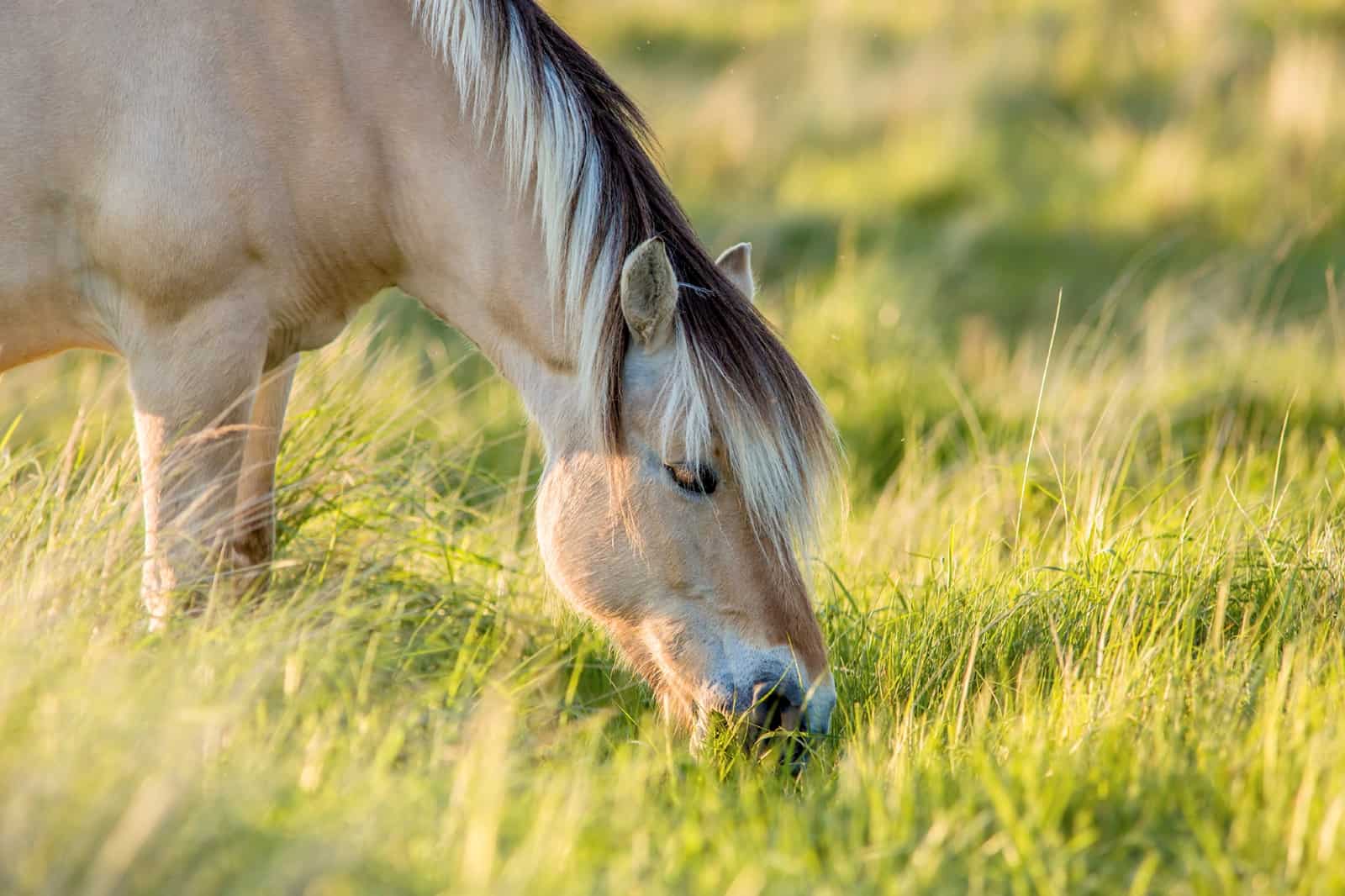
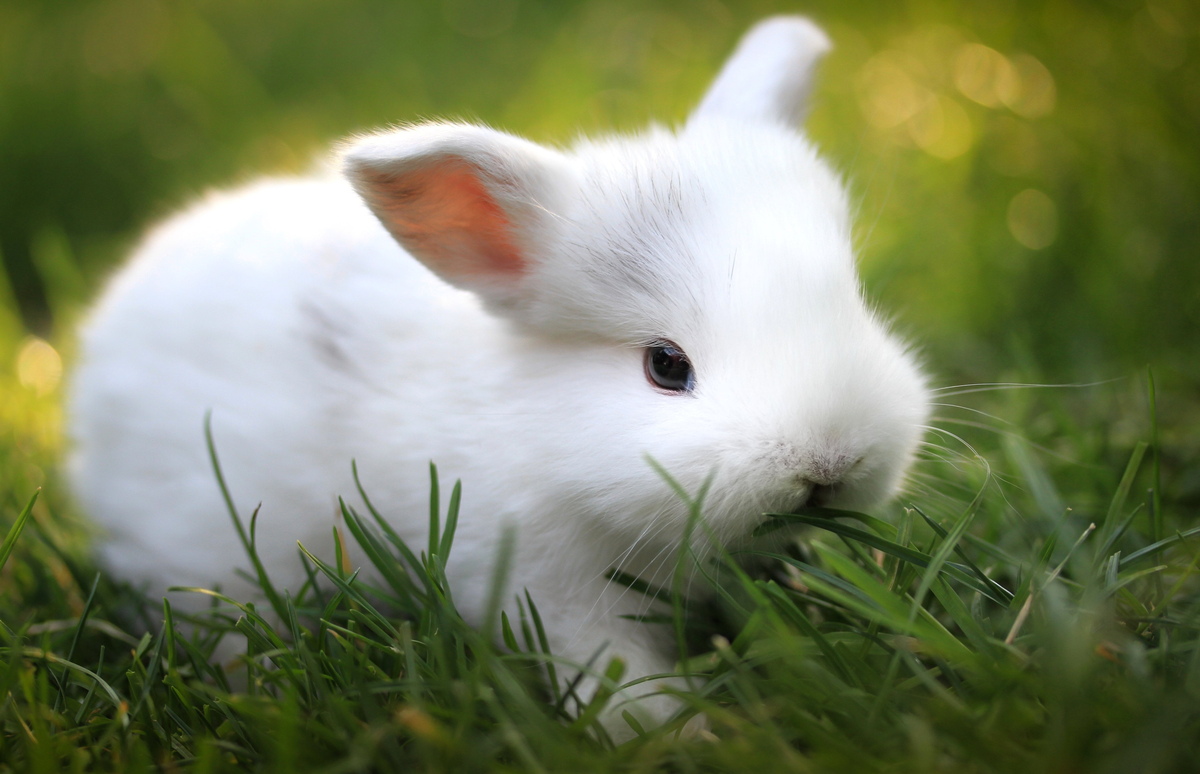
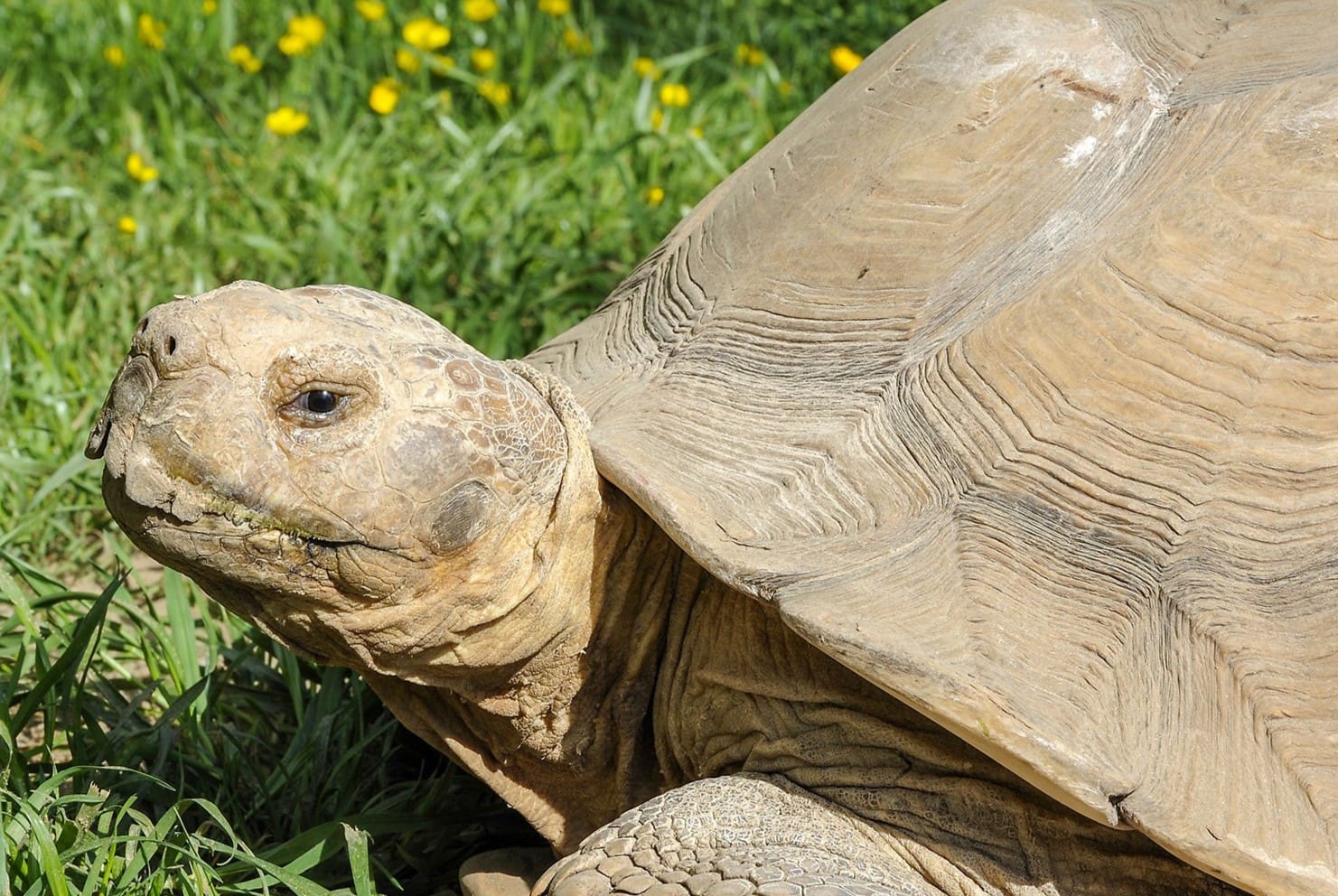
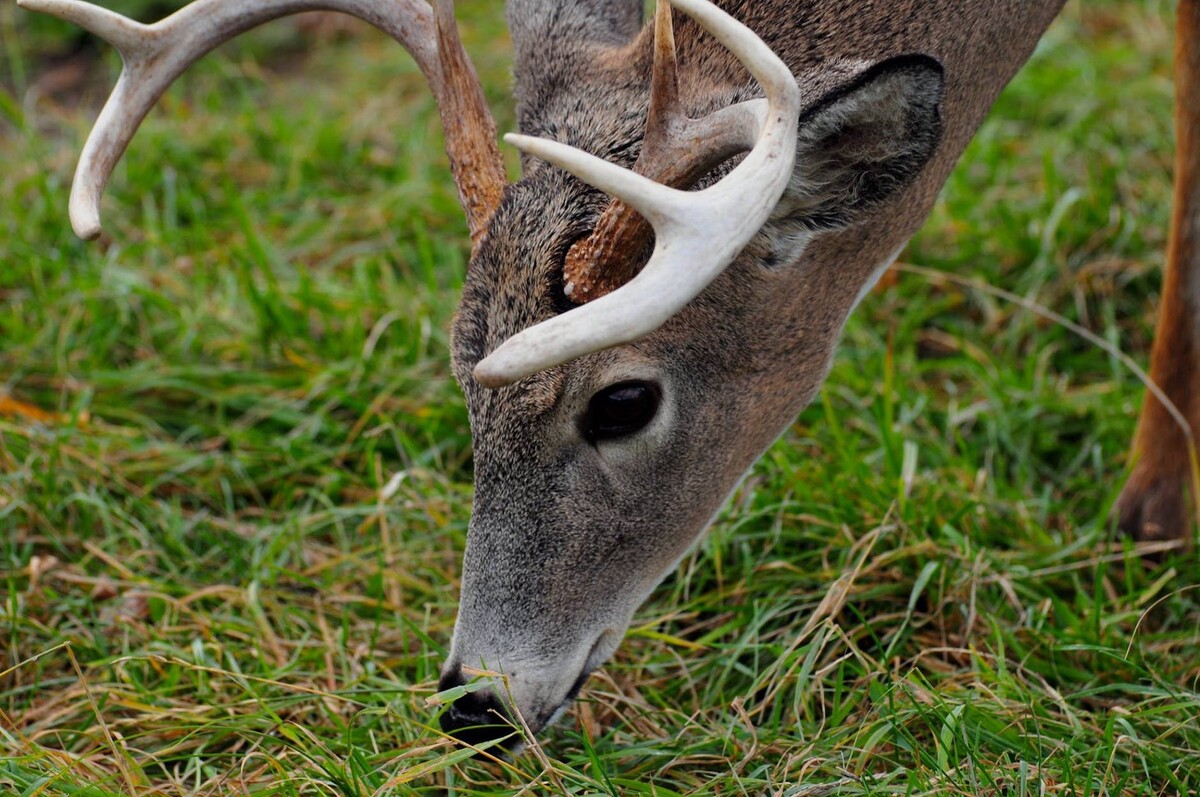
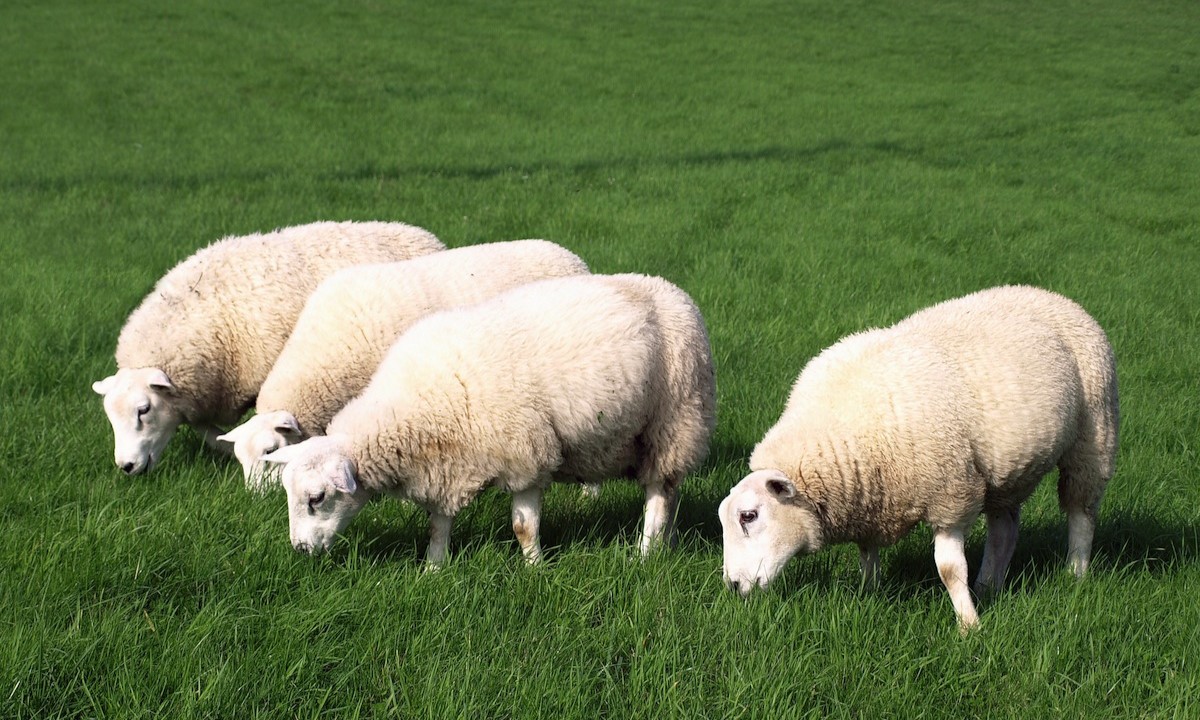
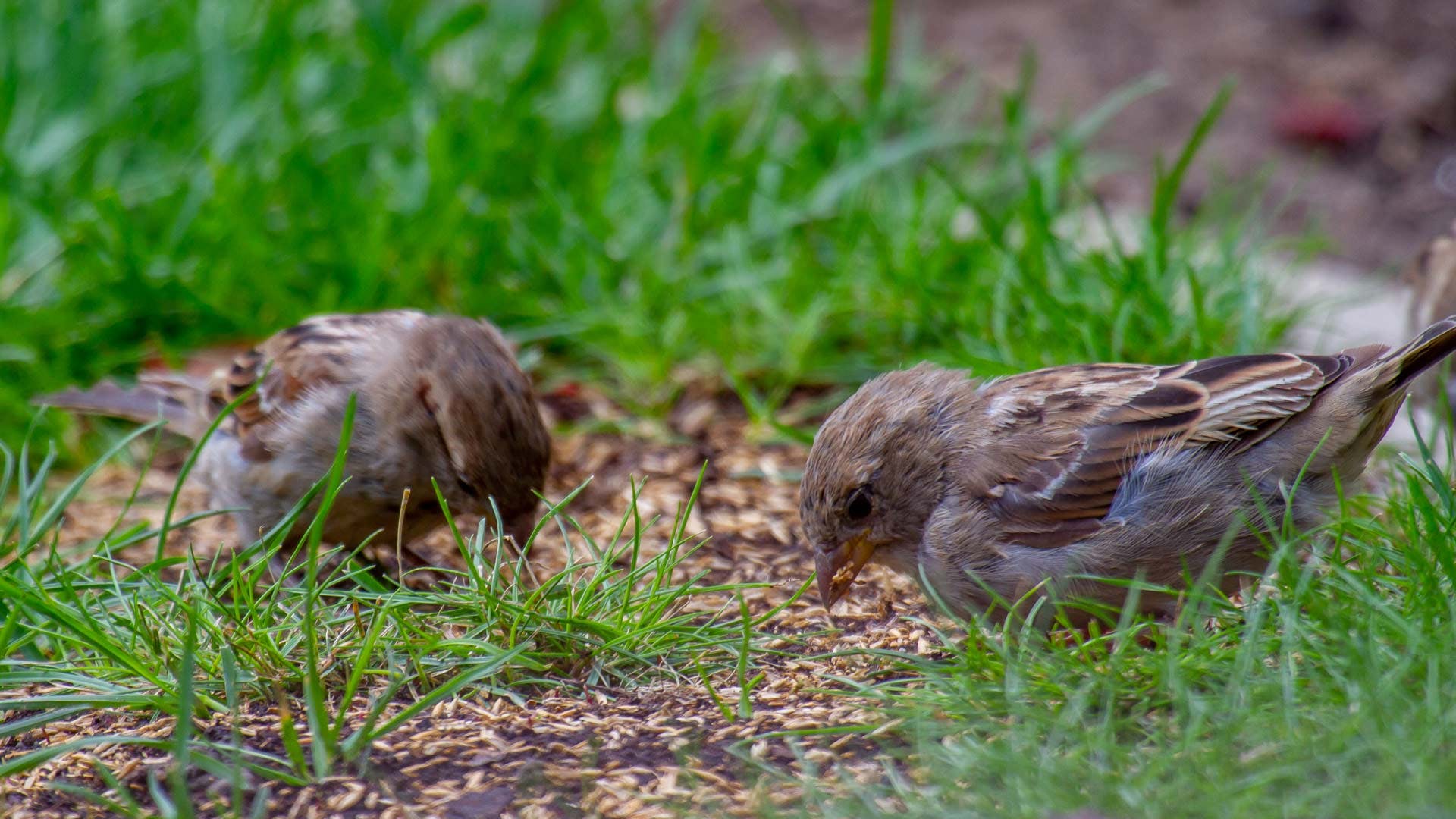
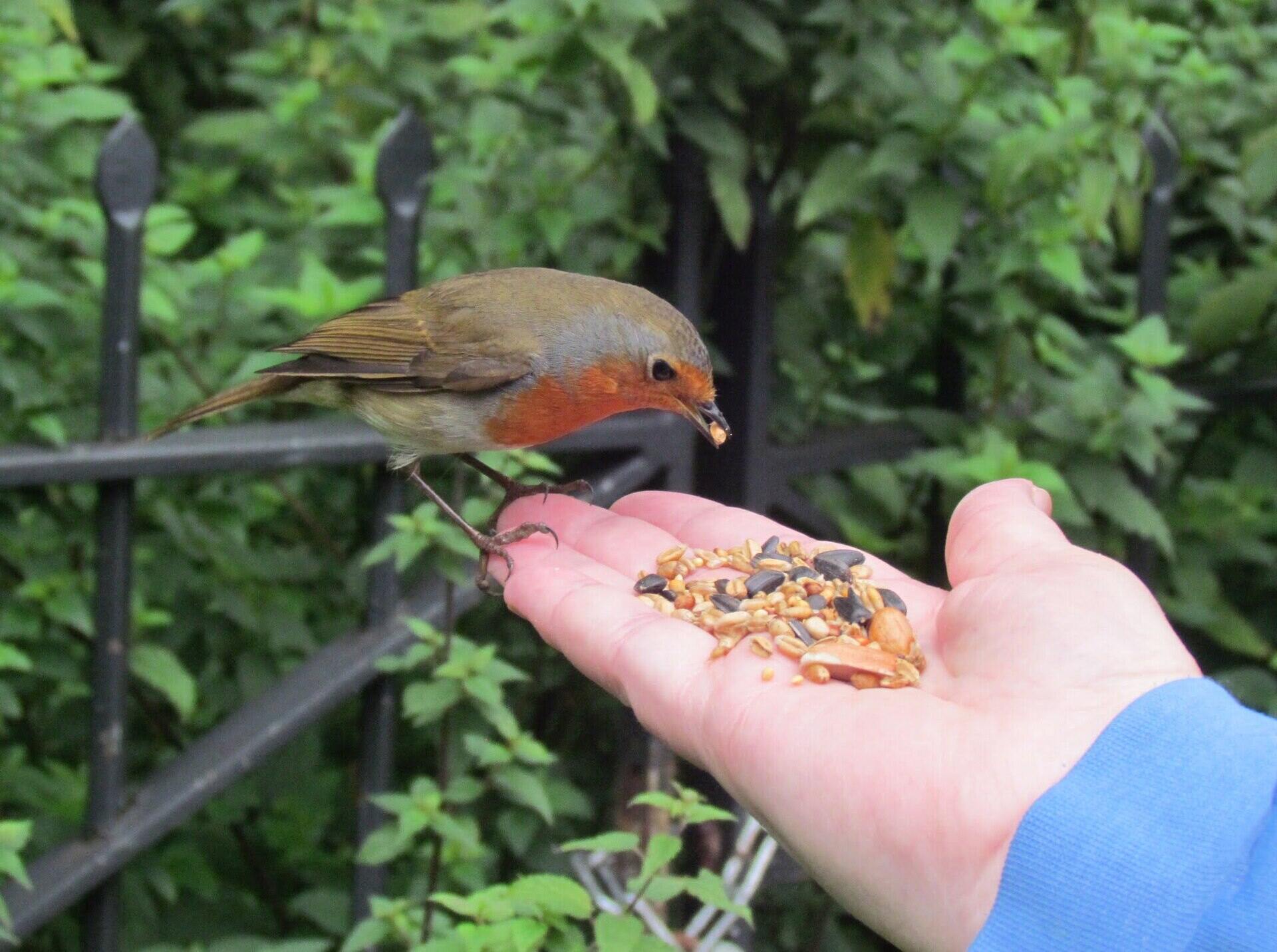
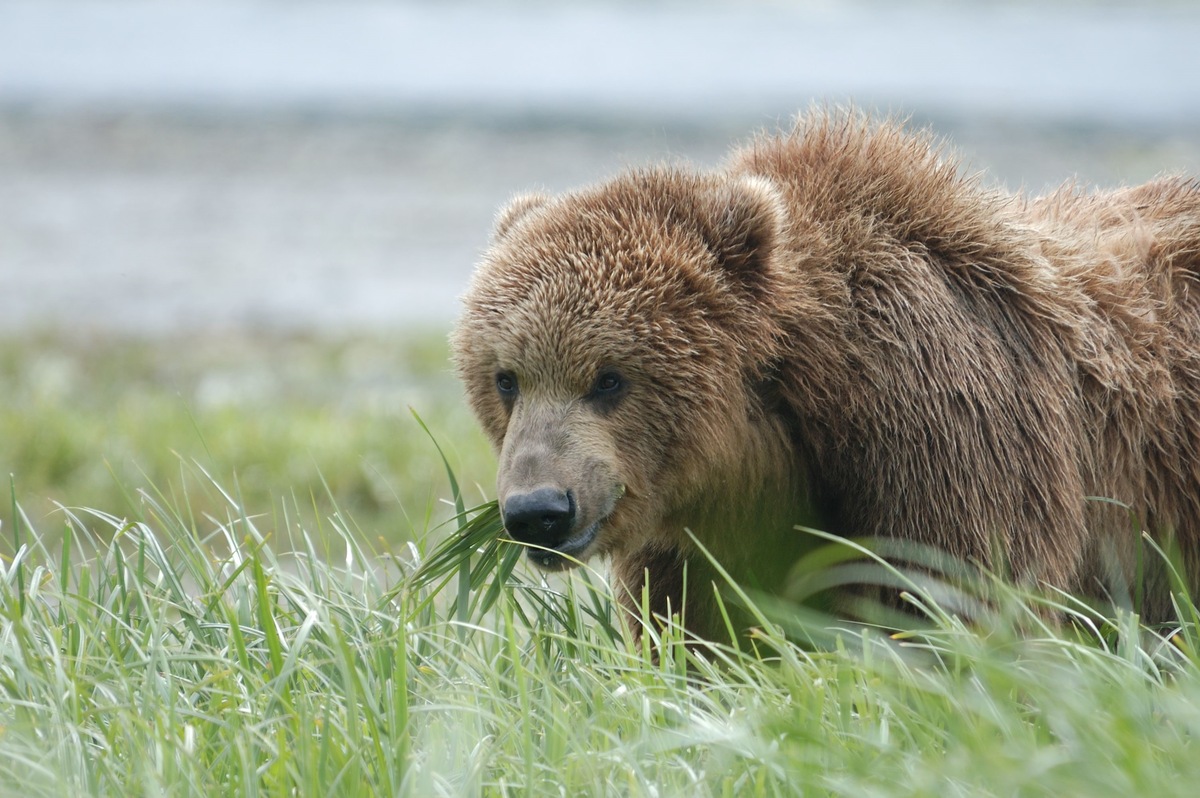
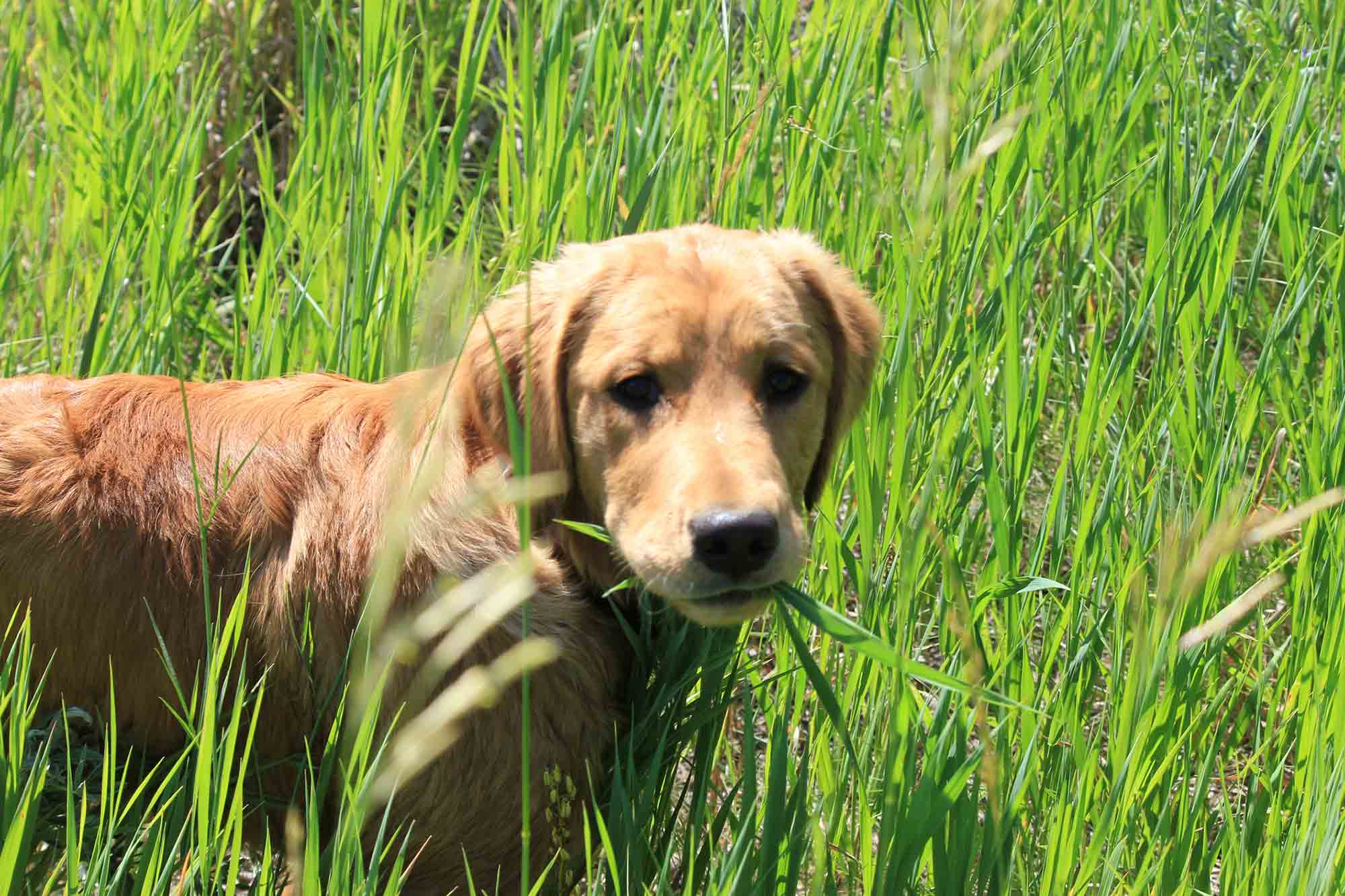
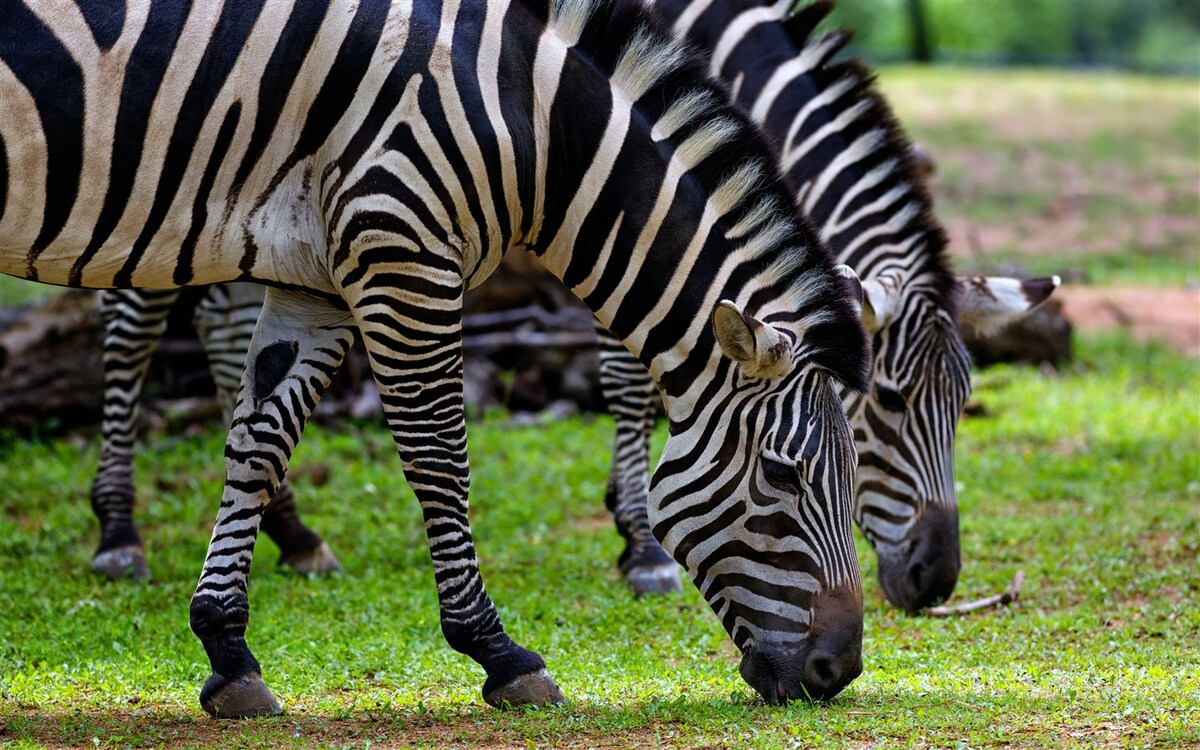
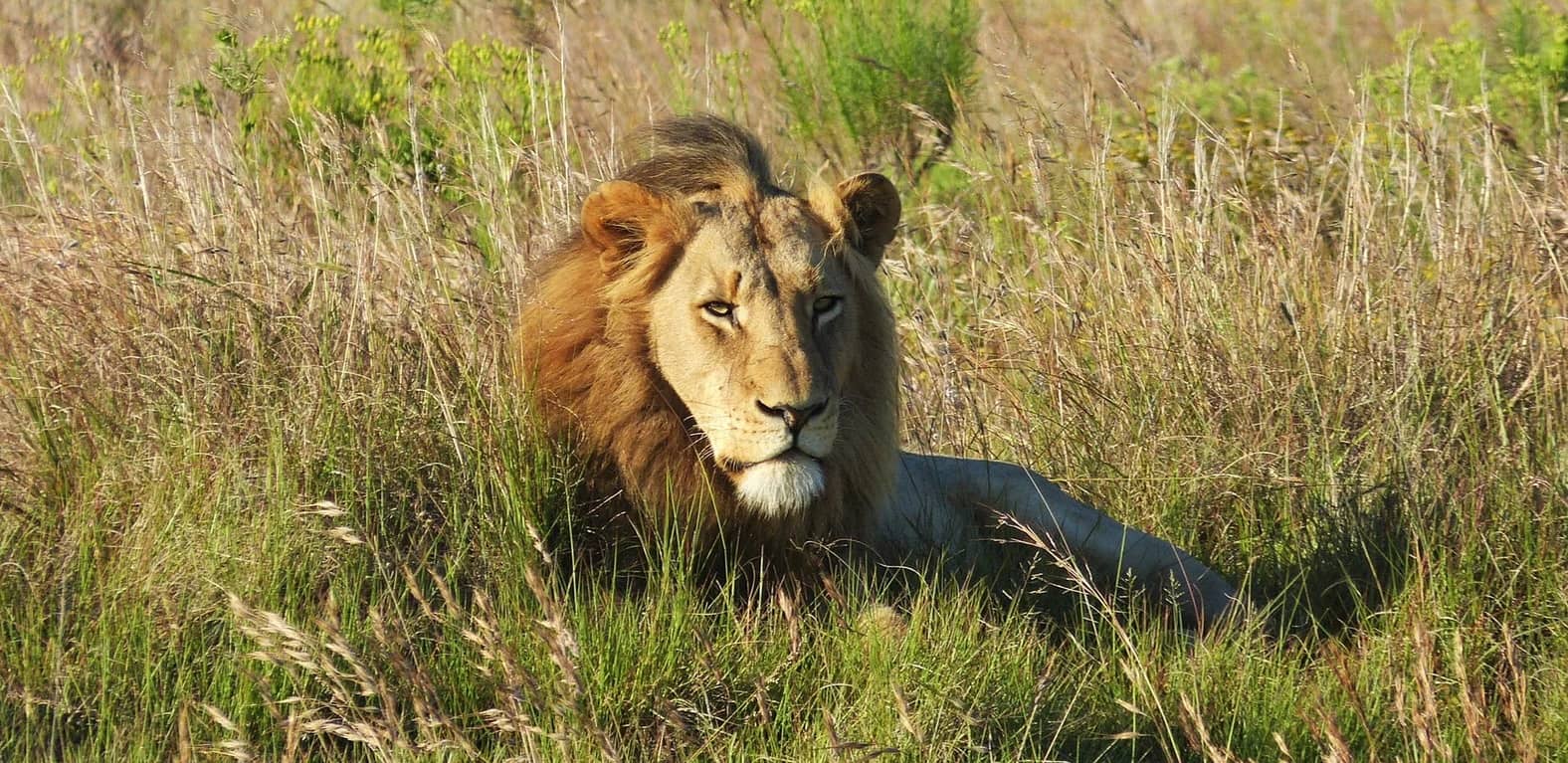
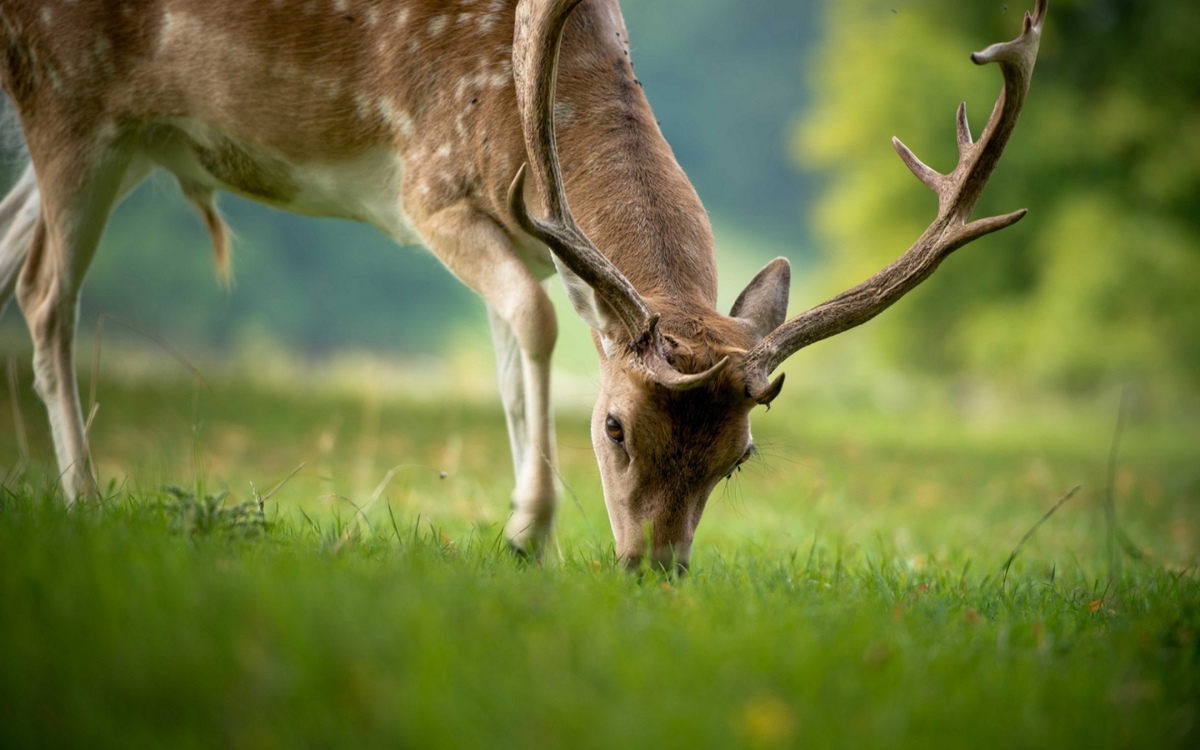


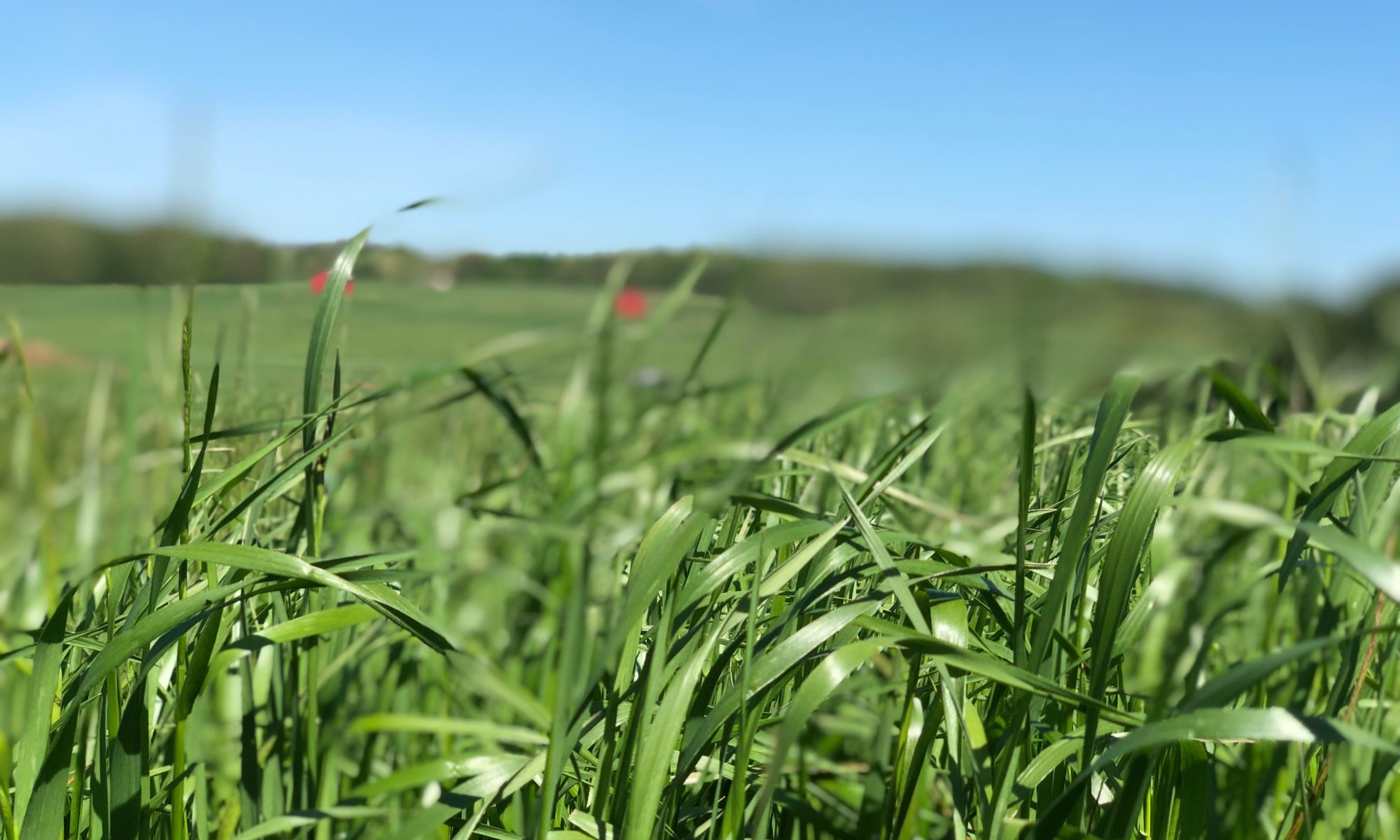

0 thoughts on “What Kind Of Grass Do Sheep Eat”